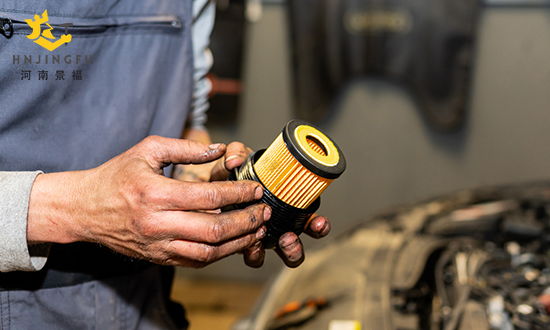
1. Prepare tools. You need to prepare tools such as wrenches, new oil filters, new oil, oil leakage pans, and filter pliers.
2. Heat the engine oil. Before changing the oil, run the engine for a few minutes to warm the oil and allow it to flow and drain more easily.
3. Drain old engine oil. Locate the oil pan, unscrew the oil pan, and let the old oil flow into the oil drain pan. Use discarded towels and gloves to clean up old engine oil; be aware that old engine oil may stain your hands and clothing.
4. Remove the old oil filter. Use filter pliers to easily remove the old oil filter and allow the old oil to flow into the oil drain pan.
5. Install a new oil filter. Coat the new oil filter with engine oil and install it back into its original position, making sure not to be too tight or too loose.
6. Add new engine oil. Locate the oil filler port and pour new oil into the engine, making sure to use the correct oil type and volume.
7. Check the engine oil level. After adding new oil, check whether the oil level is correct. Do not add too much oil to avoid damage to the engine.
8. Clean and dispose of old engine oil. Throw the used engine oil and old oil filter into a waste bin. Do not dump old engine oil randomly as it may pollute the environment.
In addition, when replacing the oil filter, you also need to pay attention to safety, such as using a jack to raise the vehicle to facilitate operation, ensuring that the vehicle is parked on a flat ground, and avoiding operating on a slope, etc.
Authorized wholesaler,100% Genuine Parts ;
Foucsed on commercial vehicle parts more than 10 years;
Get reply within 24h;
Door to door delivery and OEM service is avaliable.
Contact and Get Price Now!